SUMMARY
This is AI generated summarization, which may have errors. For context, always refer to the full article.
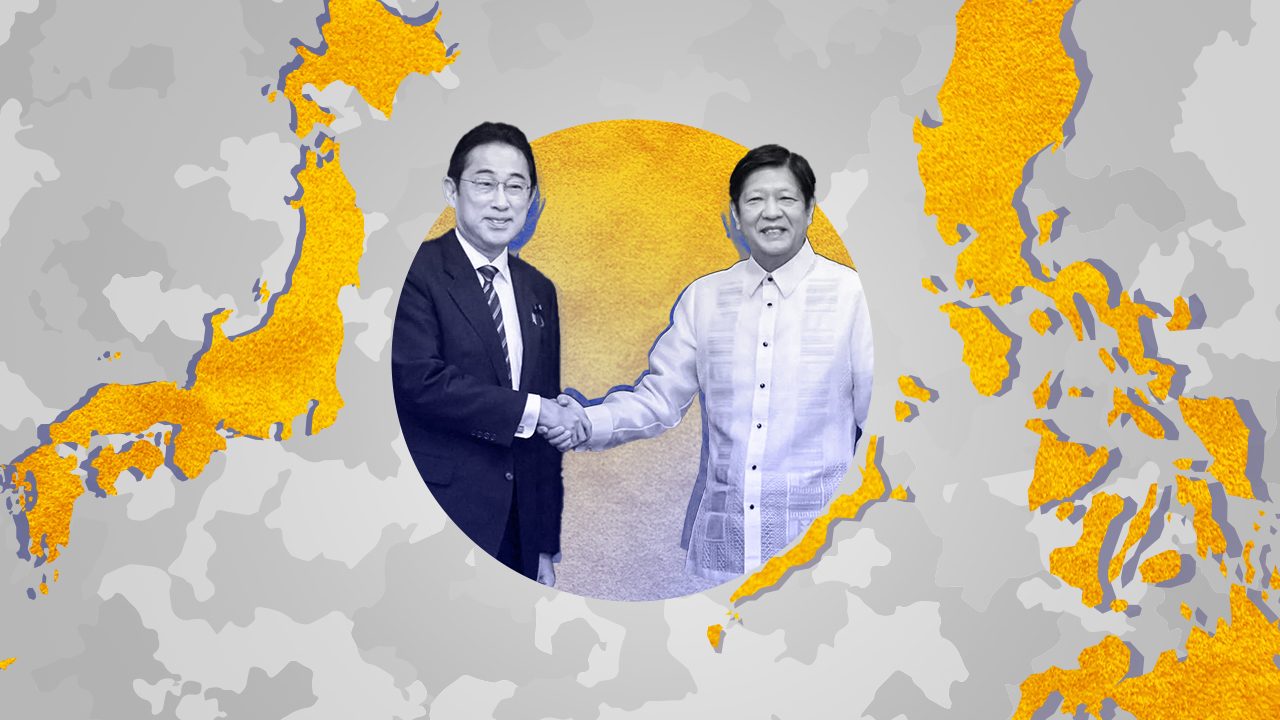
MANILA, Philippines – Surrounded by a gaggle of media under the harsh Manila sun, Japanese Prime Minister Fumio Kishida on Saturday, November 4, was presented a scale model of the Japan-made Philippine Coast Guard (PCG) vessel docked right behind him.
The MRRV-9701 is among the PCG’s newest and most modern. It also happens to be named after a woman revolutionary who fought in wars against Spain and the United States, and donated whatever she could to the guerrilla resistance during Japan’s occupation of the Philippines.
Kishida was in Manila from November 3 to 4, in a whirlwind official visit seen to solidify a Japan-Philippines partnership in the face of “unilateral attempts to change the status quo by force” in major waterways that connect the Indo-Pacific, such as the East and South China Seas.

The BRP Teresa Magbanua is emblematic of how times have changed, especially in Japan’s engagement with the Philippines.
Named after the Visayan revolutionary icon, it’s a ship that’s funded by the Japan International Cooperation Agency (JICA) and the lead ship of its class. Japan is expected to help fund at least five more 97-meter-long vessels similar to the Teresa Magbanua.
PCG ships aren’t the only defense and security help Japan is promising to the Philippines.
During Kishida’s visit to Malacañang Palace on Friday, November 3, the Prime Minister and President Ferdinand Marcos Jr. announced a JPY600 million (around P235.5 million) Official Security Assistance (OSA)-funded project to acquire coastal radar systems for the Philippine Navy. The Philippines is the first to have benefited from the newly-announced OSA.
The two leaders also announced the start of negotiations for a Reciprocal Access Agreement (RAA), a deal that set terms for when troops from either country visit another for joint exercises. Japan has existing RAA agreements with the United Kingdom and Australia. Manila, thus far, is the Southeast Asian country with whom Tokyo has started RAA talks.
“Japan and the Philippines are now experiencing an excellent relationship – we call it the golden age. I look forward to working with President Marcos to take these bilateral relations to even new heights,” said Kishida on November 3, during a state banquet in Malacañang held in his honor.
China, a superpower that claims practically all of the South China Sea as its own, is already perturbed by Tokyo and Manila’s growing closeness.
Reacting to the OSA promise ahead of Kishida arriving in the Philippines, China’s state-run Global Times said: “This move – driven by Japan’s desire to create chaos and provoke conflicts – will further escalate tensions in the South China Sea, which is detrimental to peace and security in East Asia.”
Manila ties to Tokyo and DC
Kishida’s Manila visit adds to Japan’s growing role in promoting regional security and stability, and a conscious shift away from its former pacifist stance. Back in December 2022, Kishida announced a five-year defense spending plan that would make Japan the world’s third biggest military spender next to the United States and China, according to Reuters.
Months before that, in June 2022 during the Shangri-La Dialogue in Singapore, Kisihida promised a new era in “realism diplomacy.” “We will be more proactive than ever in tackling the challenges and crises that face Japan, Asia, and the world,” he said then.
The Philippines, when Kishida last visited as foreign minister in 2017, was in a very different place and mindset. Rodrigo Duterte was president and the 2016 arbitral ruling on the South China Sea, which favored the Philippines, had just been released.
Duterte then promised a “pivot” to China and Manila’s response to the landmark arbitral award was tepid, at best. “Our experts are studying the Award with the care and thoroughness that this significant arbitral outcome deserves. In the meantime, we call on all those concerned to exercise restraint and sobriety,” said the late Perfecto Yasay Jr., then secretary of foreign affairs.
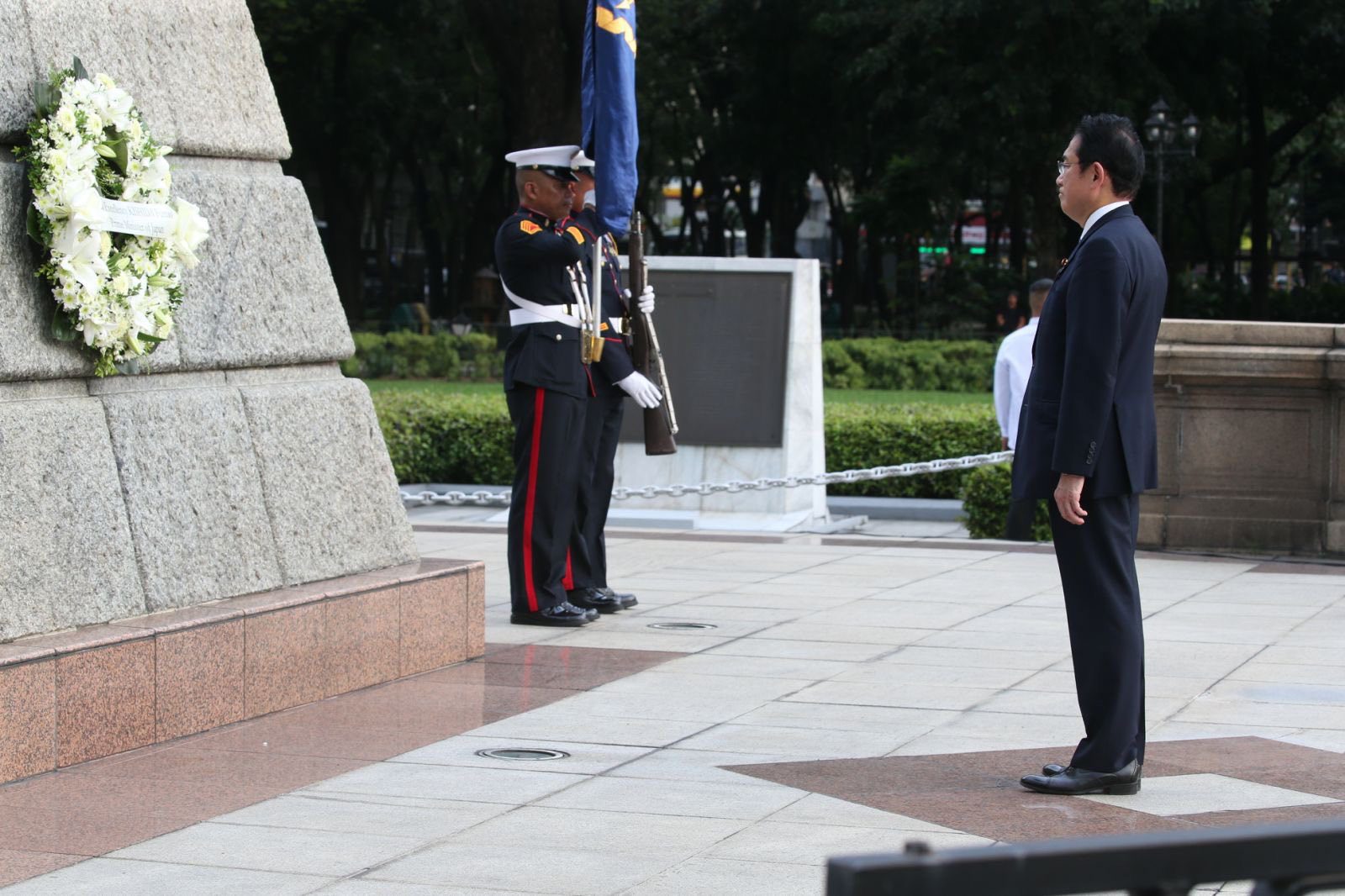
Through those years of turbulence in Philippine-American ties, however, Japan remained a constant. Duterte considered the late prime minister Shinzo Abe “a true friend closer than a brother.”
Marcos now builds on the good tidings that had been sustained through different presidents, including his immediate predecessor. In his toast to Kishida in Malacañang, Marcos spoke of a joint “ambition for a robust and future-oriented strategic partnership, one that will carry us through the uncertainty of our times.”
Speaking before a special joint session of the Philippine Congress on November 4, Kishida touted trilateral ties between Japan, the Philippines, and the United States, following two high-level meetings – between himself, Marcos, and US Vice President Kamala Harris in Jakarta, and between their top diplomats in New York.
It’s preceded, too, by trilateral exercises on the ground and at sea – Japan troops joining Philippine-US military drills and the coast guards of the three countries engaging in joint exercises at sea.

“In order to maintain and strengthen a free and open international order based on the rule of law, multilayered cooperation among allies and like-minded countries is crucial. In the South China Sea, trilateral cooperation to protect the freedom of the sea is underway,” said Kishida, the first Japanese leader to address Philippine legislators in a joint session.
Kishida’s statements were met with applause from the Marcos-allied 19th Congress.
‘Crown jewel’ from Japan
On his last day, Kishida visited what would be the “crown jewel” of mass transport in Metro Manila, the Japan-funded Metro Manila Subway Project.
“This 50-year Filipino dream will be a reality thanks to our strong mutual trust and cooperation. Can’t wait for you to hop on the ‘Japanese quality’ ride too,” the embassy of Japan in the Philippines said in a post on X, documenting Kishida’s visit.
The Japanese Prime Minister had also promised continued public and private sector support for the administration’s “Build Better More” (or BBM, also Marcos’ nickname), its flagship infrastructure program.
The Philippines was the recipient of the most Official Development Assistance (ODA) funds in Southeast Asia in the last Japanese fiscal year, according to JICA. From April 2021 to March 2022, over JPY 260 billion or roughly P109 billion was poured into the Philippines for technical and financial cooperation.
Kishida and Marcos also witnessed the signing of deals on the provision of heavy equipment for disaster management in Muslim Mindanao, cooperation in tourism, and government-to-government cooperation in mining.
Maritime security
In the hours and minutes before Kishida arrived on November 4, PCG personnel were busy checking security, vacuuming red carpets, and fussing over the final details of that weekend’s VIP visit. An afternoon downpour got in the way of welcome honors, but PCG personnel remained standing at attention, waiting for Kishida’s convoy to arrive.
The PCG, after all, has seen firsthand the benefits of Japan’s commitment to the Philippines. The Teresa Magbanua and its sister ship, the Melchora Aquino, are patterned after Japan’s Kunigami-class patrol vessel.
Since its commission in May 2022, the Teresa Magbanua has been integral to the PCG’s operations. According to Coast Guard spokesman Armand Balilo, it’s considered the “primary vessel” in the West Philippine Sea, or part of the South China Sea within the Philippines’ exclusive economic zone.
It was on board the Teresa Magbanua that Harris, during a visit to Puerto Princesa, an island fronting the West Philippine Sea, promised that the US was “committed” to the Philippines.
Five more Teresa Magbanuas, said Balilio, would be a huge boost to the PCG.
“It definitely would be able to help the PCG fulfill its mandate. Our role is not just maritime security or securing the West Philippine Sea. We have a [maritime] border in the southern Philippines, there is the eastern seaboard near Benham Rise, we have internal activities that require bigger ships, and the humanitarian responses,” Coast Guard spokesman Armand Balilo said in an interview with the media, following Kishida’s visit to the PCG and the Teresa Magbanua.
The Philippine government, Marcos announced in early October 2023, is already in the process of acquiring 40 additional smaller patrol vessels for the PCG. But more ships, including the bigger vessels made in Japan, certainly will not hurt.
“[The five vessels] will sustain our patrol operations, and we will be able to patrol the entire Philippines better. Our deployment will improve,” added Balilio.
Ease and flexibility in deployment is key, as the Philippines wants to better push its claims and rights in the West Philippine Sea.
Rommel Ong, a retired rear admiral of the Philippine Navy, said in a Rappler panel earlier in late October 2023 that the Philippines needs “creative ways” to ensure constant presence in the West Philippine Sea. Occasional and sporadic appearances, he pointed out, will not cut it.

“When you leave those features, we are not actually asserting our rights, we’re strengthening their argument because when we leave, [China] is still there,” said Ong, who has since pursued a career in the academe.
“There are creative ways to do it, both for the Navy and the [PCG]. They are not all in the West Philippine Sea, they are doing something else that has nothing to do with protecting our sovereign rights…maybe we are not putting our players in the proper court,” he added.
Creativity has reaped some benefits for the Philippines. In 1999, in response to China taking over Mischief Reef, the Philippines ran aground the BRP Sierra Madre in Ayungin Shoal (Second Thomas Shoal). A second ship, the BRP Benguet, had already gone to Bajo de Masinloc (Scarborough Shoal or Panatag Shoal), but in then-defense chief Orly Mercado’s own words, the Chinese were “already ready for us” the second time.
But creativity has its limits.
Two decades since its final mission to Ayungin, the Sierra Madre still stands in all its rusted and dilapidated glory. It has made resupply missions to the outpost – to bring supplies to the Filipino Marines on board and to repair the ship – even more crucial. China has clearly been paying special attention too, in the form of military-grade lasers, dangerous maneuvers, water cannons, and even a collision at sea.
In response to China’s aggressive actions, the Philippines has looked to its allies, including Japan.
Tokyo seems to be more than ready to respond. Referring to the trilateral ties between the US, Japan, and the Philippines, Kishida told Filipino legislators: “Through these efforts, let us protect the maritime order, which is governed by laws and rules, not by force.” – Rappler.com
Add a comment
How does this make you feel?
![[In This Economy] Marcos’ POGO ban is popular, but will it work?](https://www.rappler.com/tachyon/2024/07/thought-leaders-marcos-pogo-ban.jpg?resize=257%2C257&crop=255px%2C0px%2C720px%2C720px)
![[Rappler Investigates] POGOs no-go as Typhoon Carina exits](https://www.rappler.com/tachyon/2024/07/newsletter-graphics-carina-pogo.jpg?resize=257%2C257&crop=424px%2C0px%2C1080px%2C1080px)



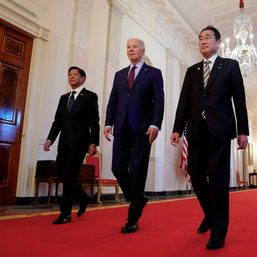
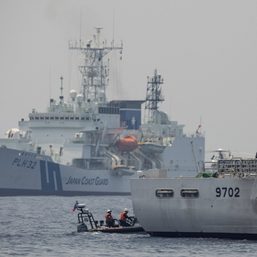
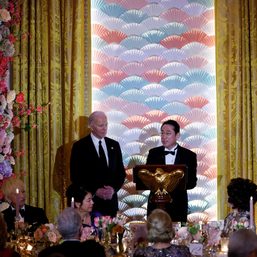
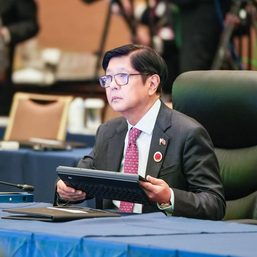
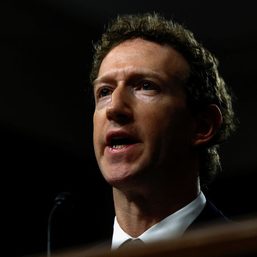



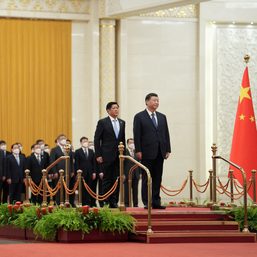








![[Just Saying] SONA 2024: Some disturbing points](https://www.rappler.com/tachyon/2024/07/TL-marcos-sona-points-july-23-2024.jpg?resize=257%2C257&crop=335px%2C0px%2C720px%2C720px)

There are no comments yet. Add your comment to start the conversation.